
Indian IT Firms Confront Americas Reliance Amid Gradual Diversification
Slower economic growth in the US and Europe has tempered IT spending, encouraging Indian companies to pursue new markets
Technology leaders driving digital transformation and building AI-first solutions.

Slower economic growth in the US and Europe has tempered IT spending, encouraging Indian companies to pursue new markets

Clients want AI and Accenture is booking contracts around it, but it’s not yielding results as expected.

According to a Nasscom report, SMEs are expected to contribute 6–7% of India’s technology sector revenues in FY25, roughly $280 billion.

A steep new US visa fee could reshape the global tech talent landscape while also bolstering India’s tech hubs.

At Cypher 2025, leaders debated India’s enterprise AI future, concluding that it won’t be giants versus startups, but rather collaborative ecosystems.
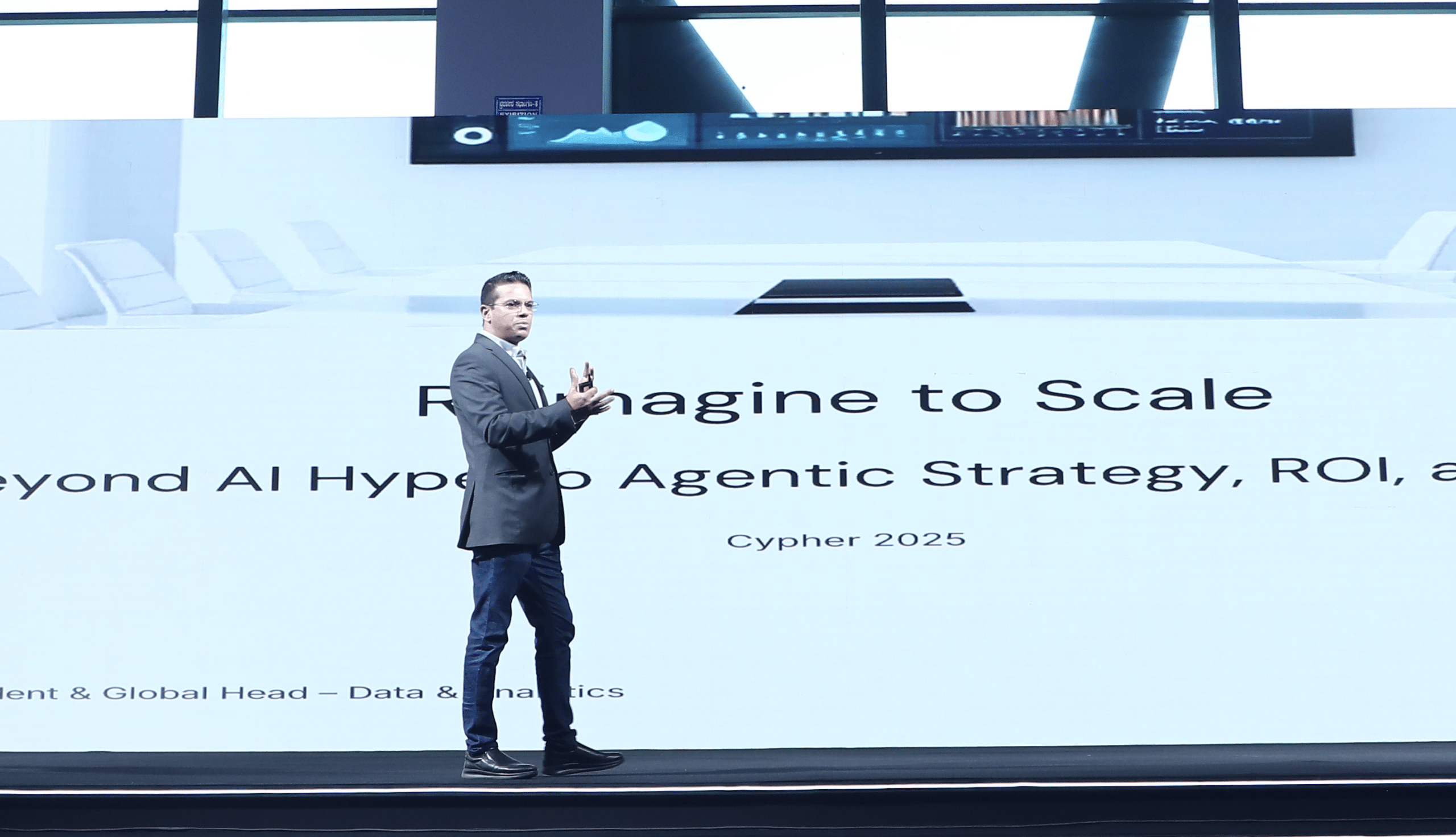
The executive urges enterprises to ditch linear thinking, embrace AI-first models, and reimagine entire industries before startups beat them to it.

The company has been working closely with Replit on its latest release, Agent 3, which launched globally on September 10.
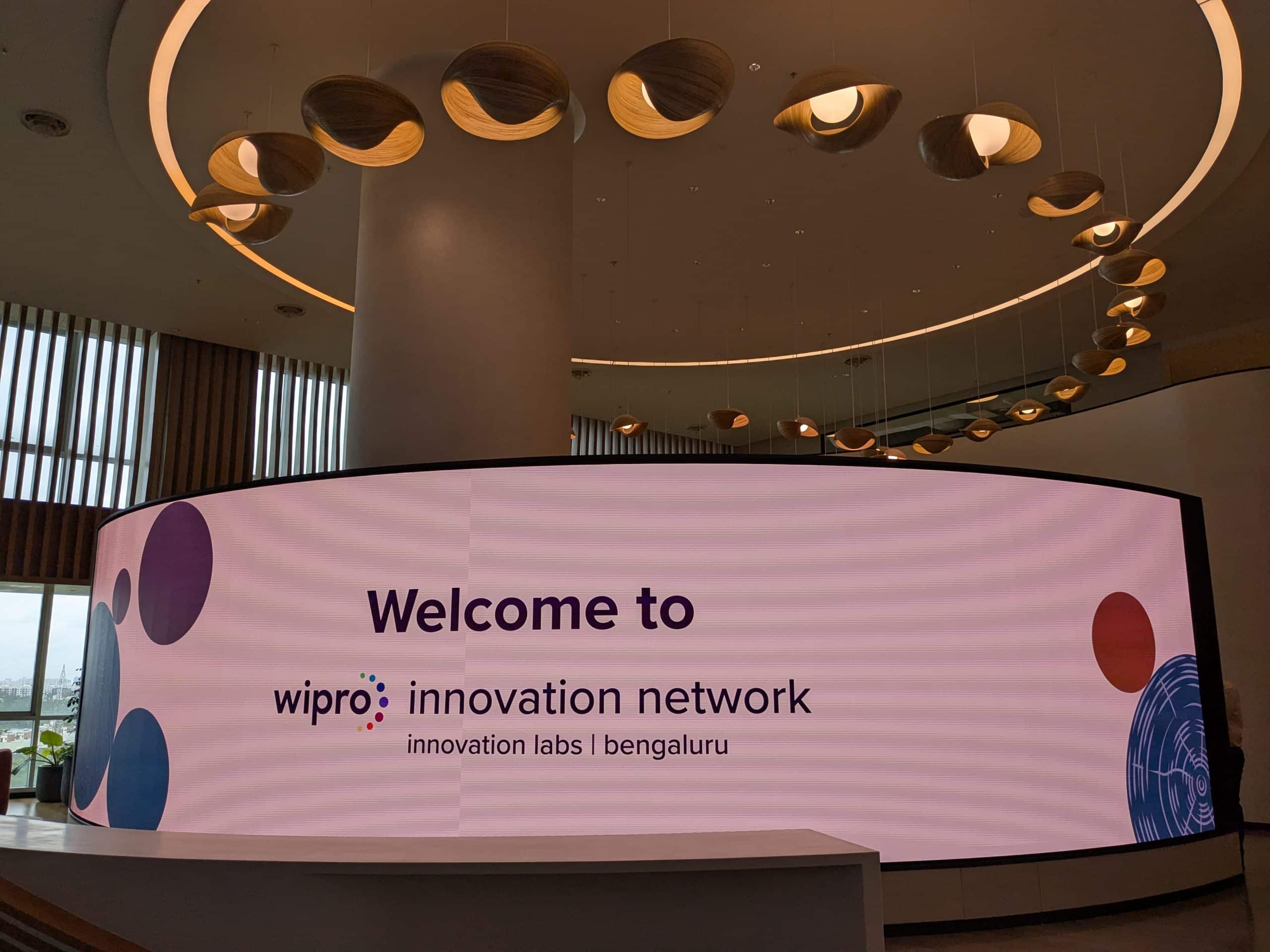
The company CTO, Sandhya Arun, says the metric of success of Wipro’s Innovation Network is measured by impact, not pilots or ROI.

AI and US policy shifts push Indian IT toward reinvention—or irrelevance.

Universities accommodating hackathons in placement process saw a 70% onboarding rate among participants
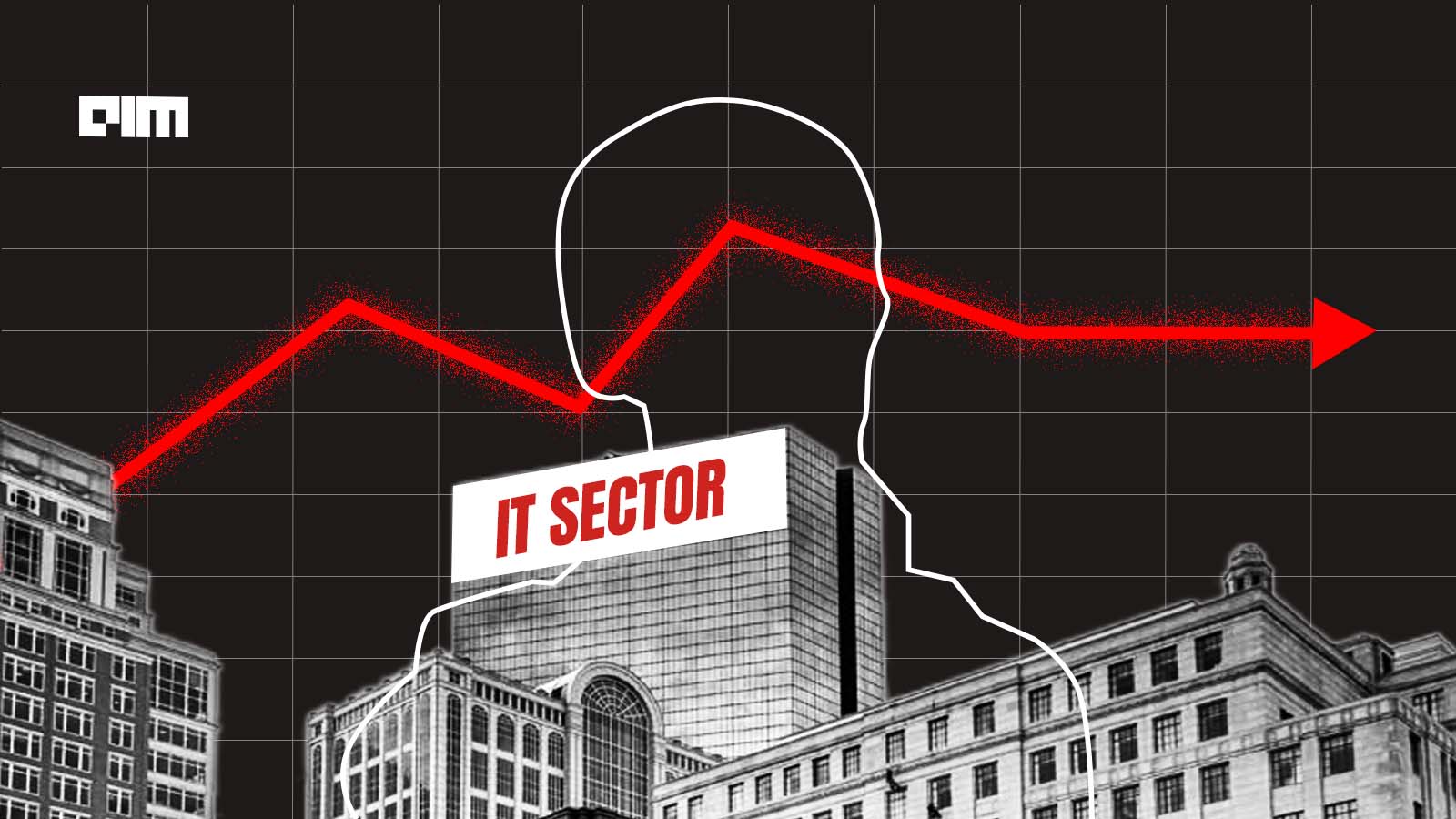
The proposed HIRE Act could tax offshore services, raising costs for corporations and threatening Indian IT jobs and revenues.

The IT services and consulting firm is funding its AI platforms by redeploying margins rather than stretching profits.

‘AI adoption is being driven by a young workforce, strong digital infrastructure, and a thriving ecosystem of startups and multinationals’

After spending over five years at a firm, a software engineer went job hunting only to realise that his skills weren’t even at the “basic industry level”.

Declaring 15–20% revenue through AI when the category is in its infancy might be overreach.

With GPT-5 sharpening the narrative, Indian IT faces short-term revenue shocks while eyeing new opportunities.

India’s IT sector is loudly championing “outcome-based” AI pricing, but contracts still cling to old models. Clients want results, vendors promise value, and, yet, deals remain stuck in tradition.

Mid-tier IT firms may be growing revenues, but without automation and IP monetisation, its per-employee productivity is capped.

“You can actually build AI which learns on both sides and creates personalised recommendations for each employee.”

“Almost all deals now include AI. Distinguishing what constitutes AI revenue and what does not is vague.”

Delivering measurable outcomes with speed and decisiveness, AI is exposing underperformance in the IT industry.

While executive compensation packages hit record highs, employee salaries tell a more complicated story.

“If we don’t act now, we risk looking back in regret for having missed a generational opportunity.”

As clients seek smarter, integrated solutions, product-native models are helping IT firms to accelerate market entry.

The new model leverages agentic AI to deliver results, fundamentally changing how value is created and measured.

The Indian IT landscape is no longer just about size and AI has a role to play in this.
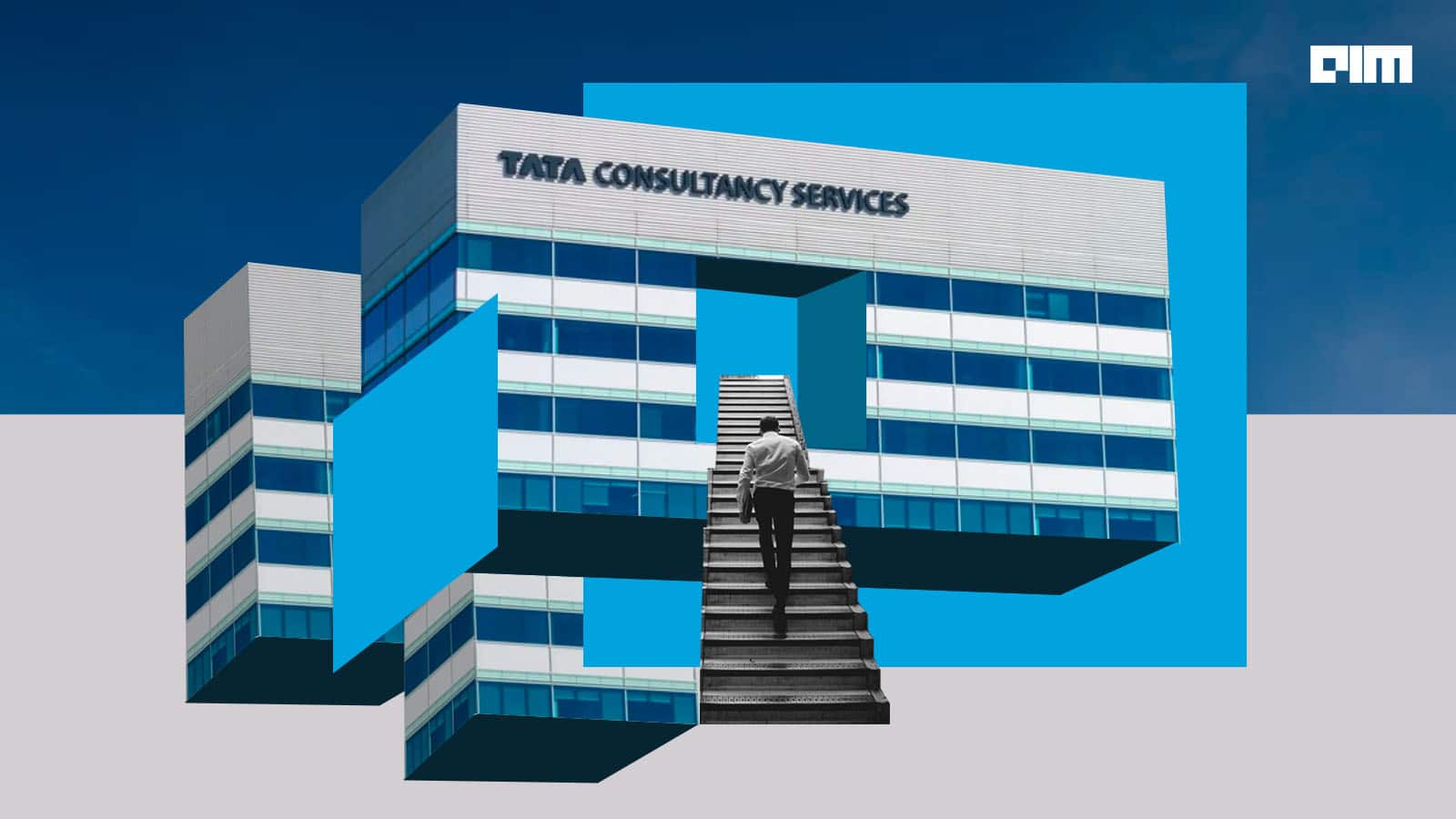
The company stated that its employees have invested 15 million hours in developing expertise in emerging technologies to drive business transformation.
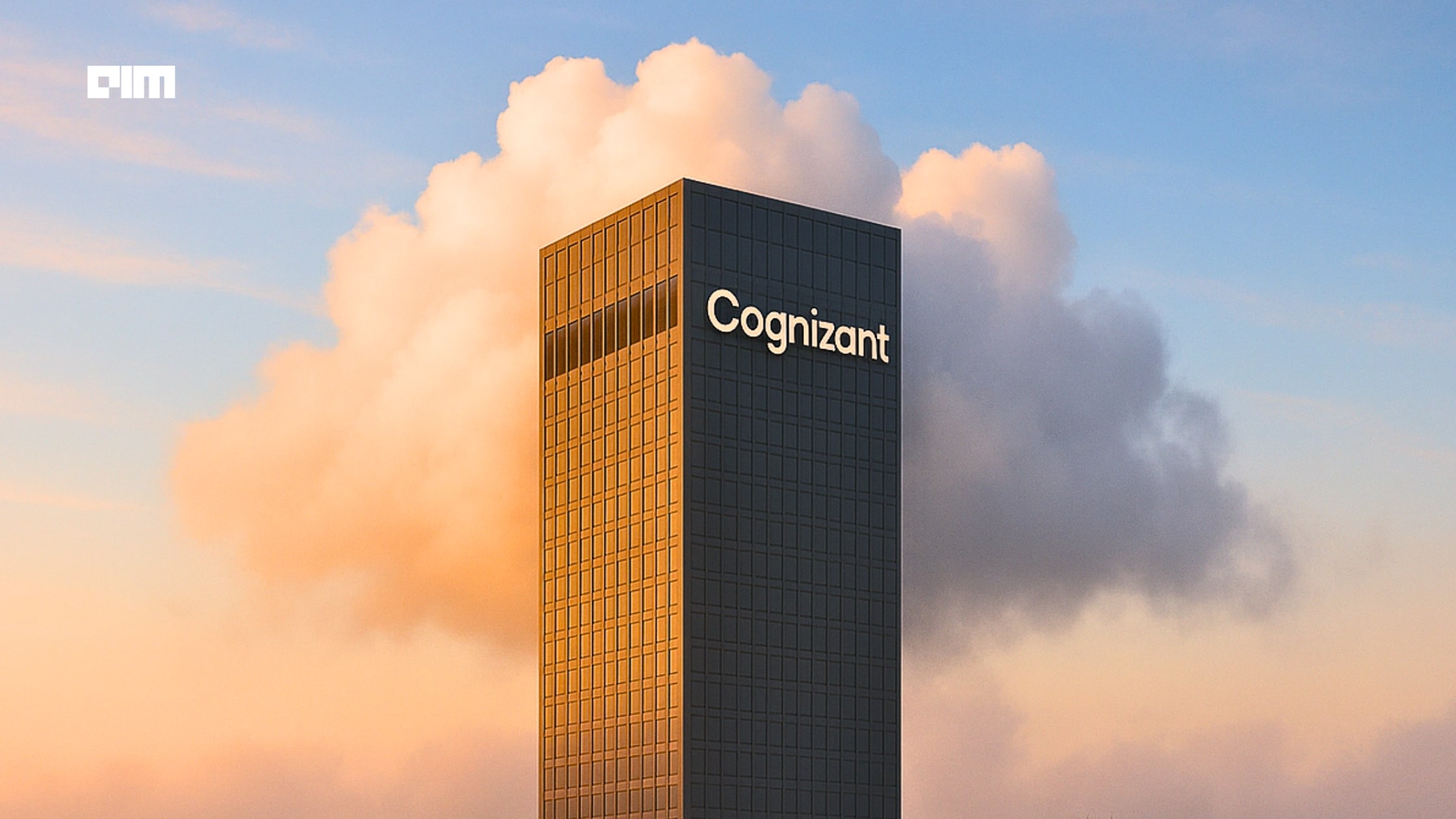
Cognizant aims to generate 50% of its code using AI within a year and states it has already achieved 20% of that target.

Mid-tier IT firms offer the speed and customisation mid-market GCCs can’t get from legacy players.
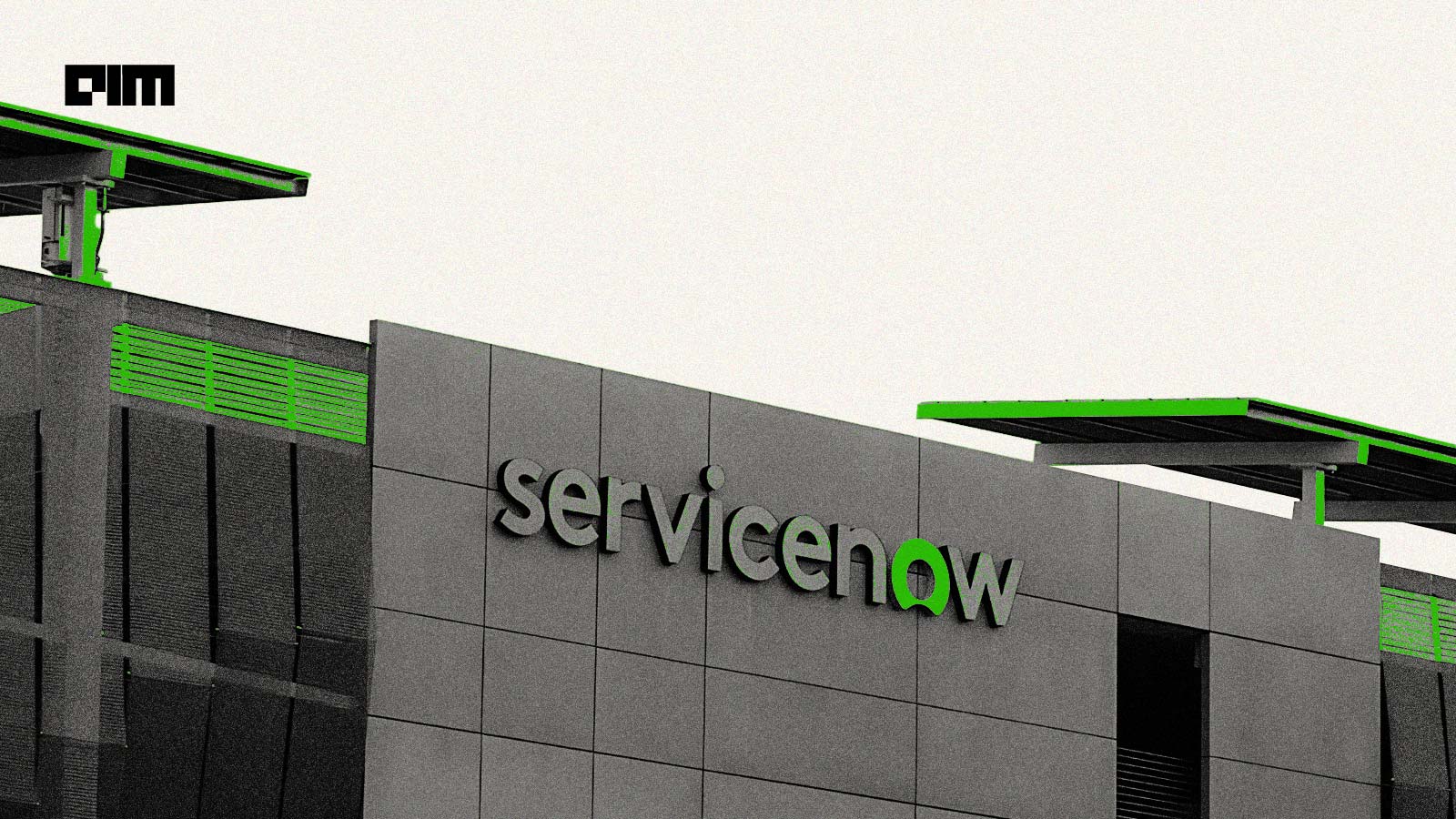
“Deal volume increased by 50% quarter-over-quarter, and they secured their largest Now Assist AI deal to date, valued at over $20 million,” CFO Gina Mastantuono said.